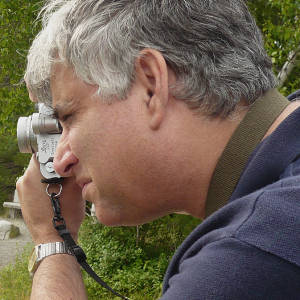Brookline Beauty Revisited. Leitz Summitar 50mm
A few weeks ago, I went to visit the Manchurian Cork Oaks in the Harvard University Arnold Arboretum. My trip took me past a most unexpected building to find lurking in Boston's suburbs. Nearly nine years, I Blipped this house, at the time conjecturing how an architectural style unique to South Africa could end up here. The history and background accompanies that previous Blip. Since then, I have learned how the gabled mansion came to be there: Adjacent to it, is Larz Anderson Park. The beautiful estate was the home of this rather colorful, and very well-heeled gentleman and his wife. For a short time in 1913, Anderson served as protem U.S. Ambassador to Japan during the Taft Administration, but the Senate Foreign Relations Committee refused to confirm him in the position, so Wikipedia tells me here. He did, however, represent the U.S. in other countries, but never as Ambassador. To aid in his hosting of visiting foreign diplomats, he had several "cottages" in different architectural styles built on the estate, in which the visitors could reside. The “Cape-Dutch” beauty is one of them.
One of the reasons I wanted to revisit my previous Blip, was to photograph the gable in mono. My inspiration for this comes from an American photographer, Arthur Elliott, who lived in Cape Town for the latter part of his life, and was very active in the '10s and '20s of the last century. His enduring claim to fame in the world of photography is his extensive collection of images captured with large-format camera, of the beautiful farm buildings and manor houses of the wine farms in the countryside surrounding Cape Town. Today, these lovely buildings have either been demolished in the name of progress, or have been allowed to go to wrack-and-ruin. Elliott's photographs are sometimes all that remains. Here is a link to Wikipedia's article on the man. The images accompanying the article offer a glimpse of the style I was hoping to emulate in some small way. He would time his exposures so that sunlight was raking across the uneven, lime-wash hand-plastered cornices, and every irregularity and curve of the plaster was accentuated. The light today was not quite as cooperative, but you get the idea.


Comments
Sign in or get an account to comment.


